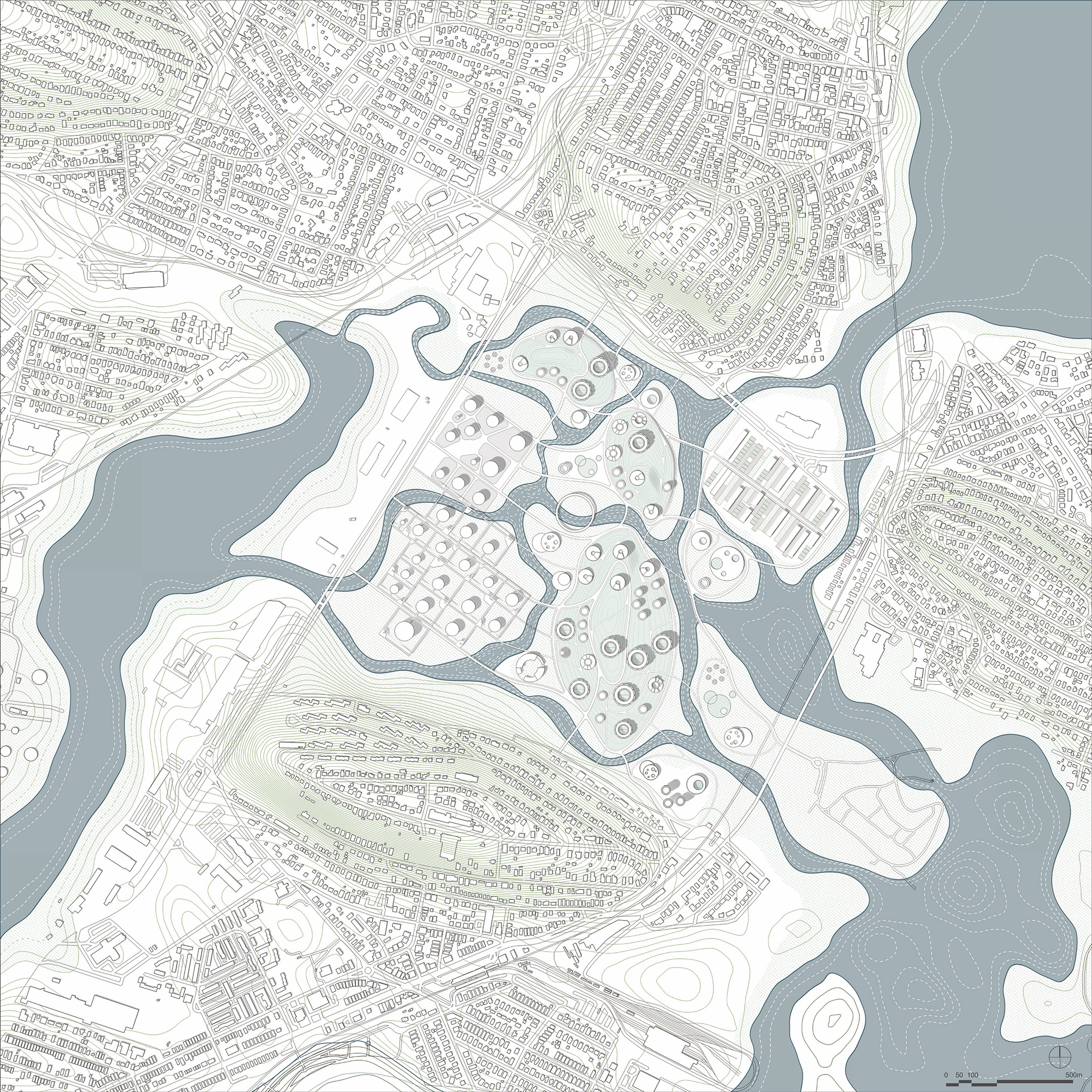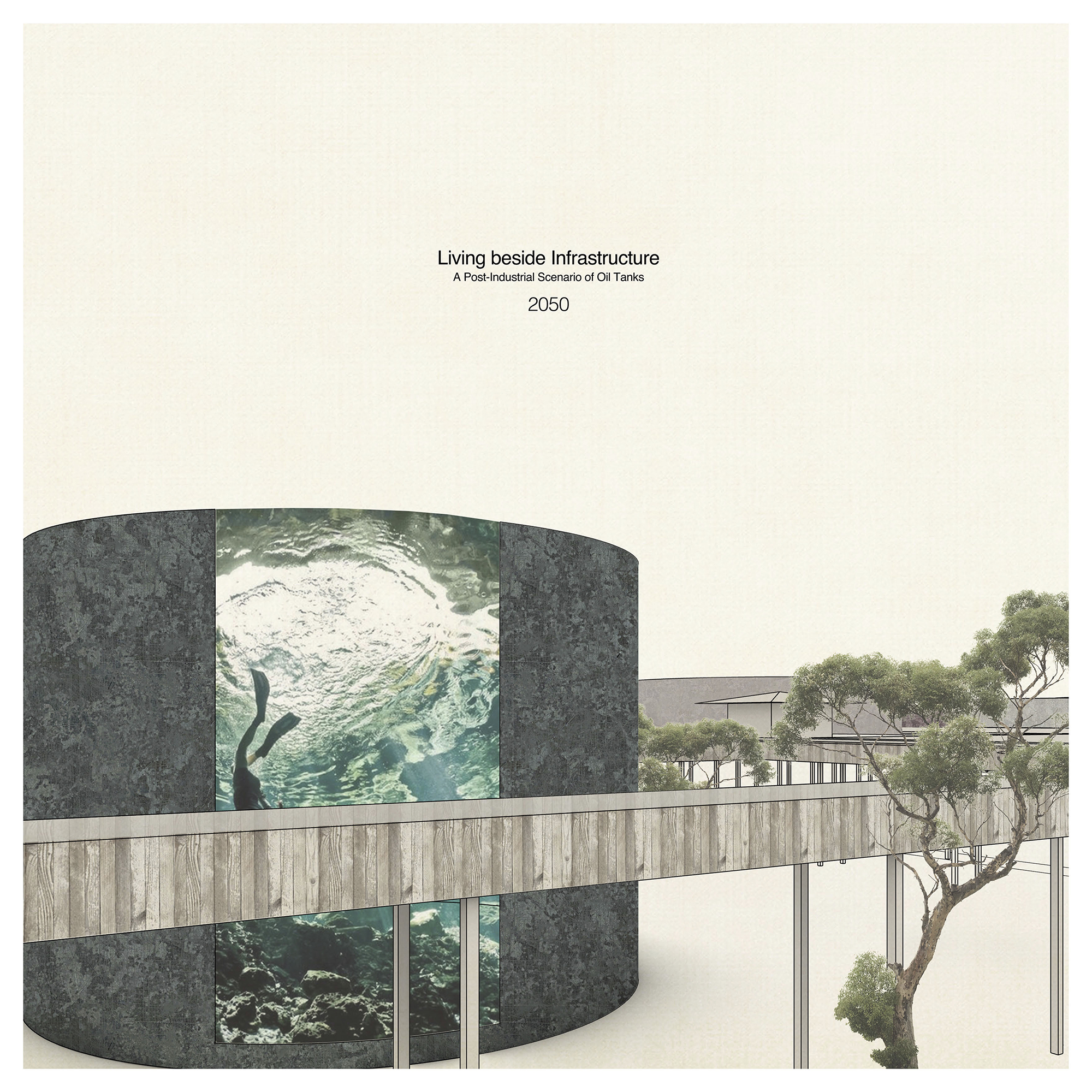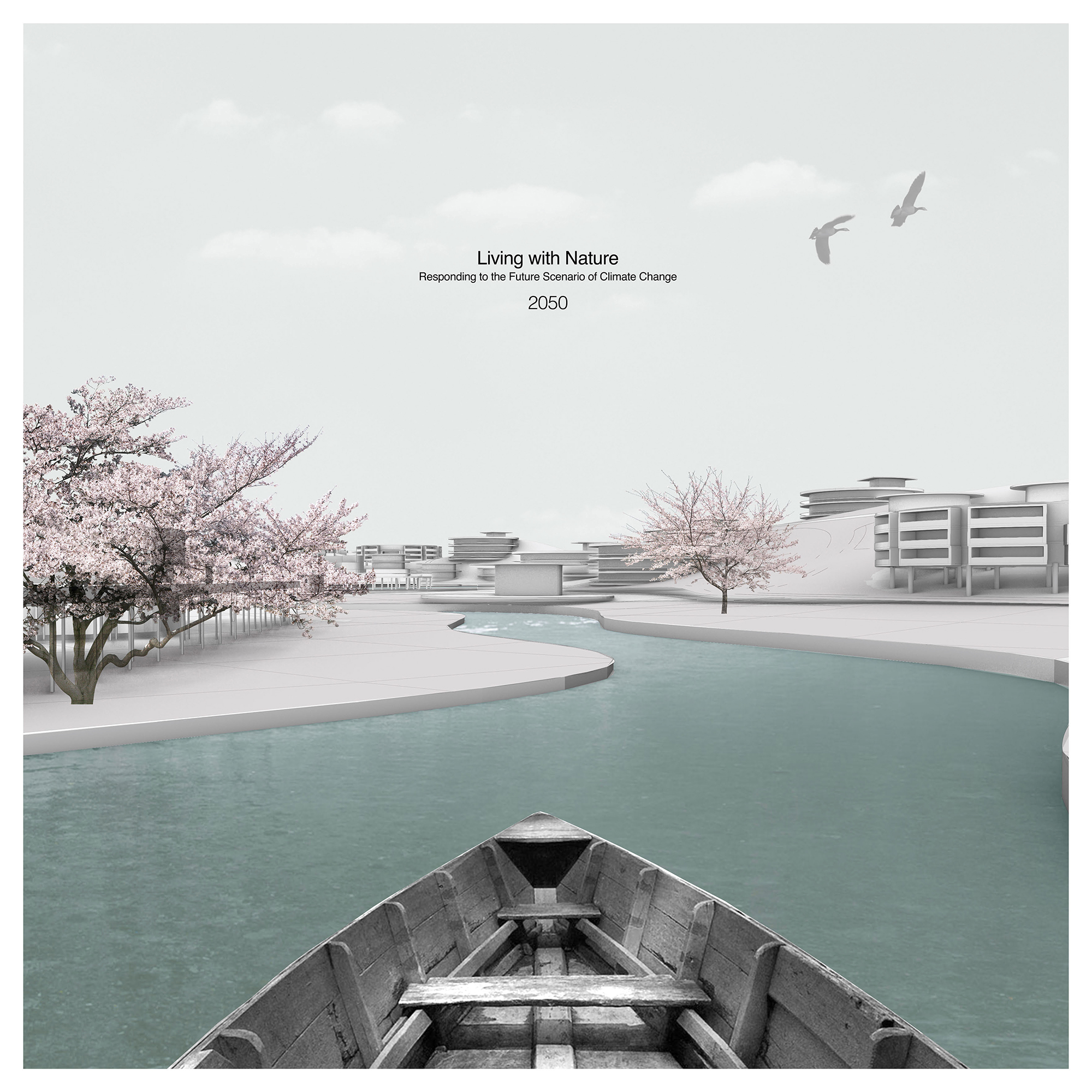(E)Mergence
Studio, Fall 2018
Instructor: Linda Pollak (Harvard GSD)
Collaborator: Jiayi Wang
Site: Suffolk Downs, Boston, MA
ABSTRACT
At regional scale, a series of oil tank clusters scatter along Chelsea River storing fuel for City of Boston; and a chain of marsh lies on the coast of Massachusetts Bay. Situated in a low-lying land between Chelsea River and Belle Isle Marsh, the site is dominated by one of the tank clusters and a former marshland. At the meeting point of energy infrastructure and natural systems, the two forces drove our investigation to create a resilient yet spectacular urban neighborhood in a post-industrial and post-climate-change future scenario.
Given that the adjacent neighborhoods are mostly associated with existing hills, we amplified the topography for new living and working clusters. By adding height to the upper parts and digging channels at the lower parts, the marsh system could pervade into the site from southeast, forming an urban archipelago.
The existing tanks have its own grid generated by delivery pipes. By making an analogy between the tank grid and biotic cell, we examined the relationship of the tank as nucleus and the territory as cytoplasm. As the other armature, infrastructural grid are extended from northwest with deviations when meeting the new topography;new parcels with circular structures are generated. In response to topography and hydrology, we designed building typologies in conditions of steep slope, gentle slope, riverside and wetland. Living and working clusters are distributed on new hills with public programs near water.
CONTEXT - When Oil Tanks Meet Marshland

DESIGN STRATEGY - Topography and Grid

TYPOLOGY - Circular Form Responding to Topography and Hydrology

PLAN


AXONOMETRIC

SCENARIO
Comments disabled




